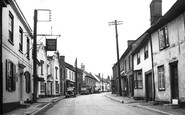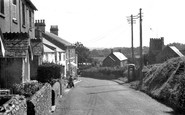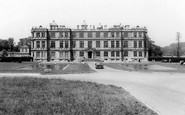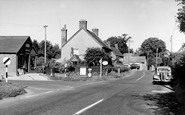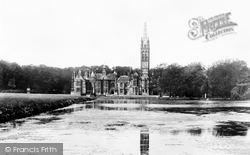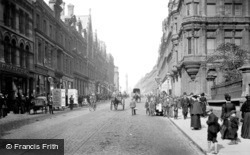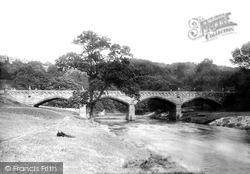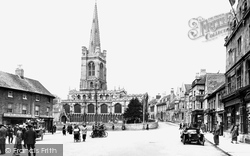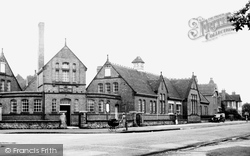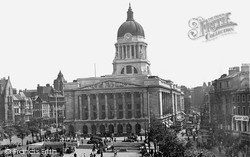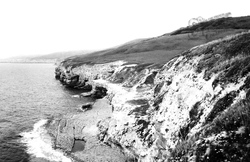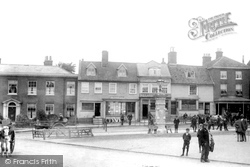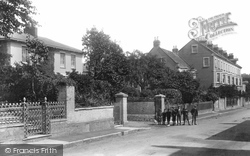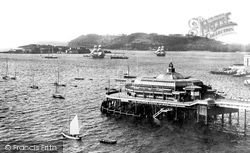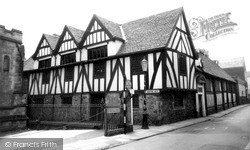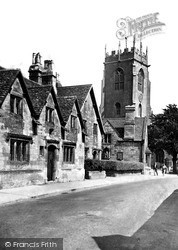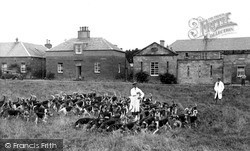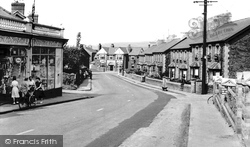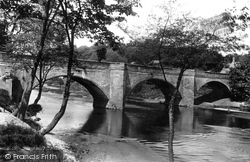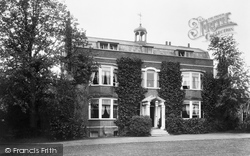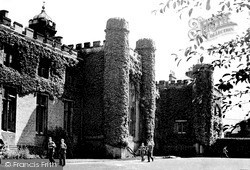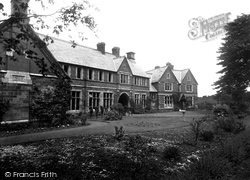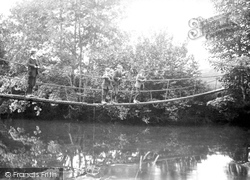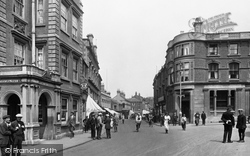Places
2 places found.
Those places high-lighted have photos. All locations may have maps, books and memories.
Photos
6 photos found. Showing results 381 to 6.
Maps
69 maps found.
Books
1 books found. Showing results 457 to 1.
Memories
3,878 memories found. Showing results 191 to 200.
Coronation
Can anyone remember Coronation Day in Stokes Road? It's so clear in my mind but I have only one photo. We had a long table in the street . My sister was dressed as a Dutch girl and the boy next door called Lenny Moss was a jockey but ...Read more
A memory of East Ham in 1952 by
Day At Treherbert
My dad came from Treherbert. My grandad, who I never met, worked in the coal mines of the Rhondda Valley. My grandparents also owned a fish and chip shop there. If you are old enough you may even remember it. My grandad ...Read more
A memory of Treherbert in 1974 by
Life As A Young Boy In Saltdean
THE LIFE & TIMES OF DONALD CHARLES WILLIAMS Personal recollections from Don Williams from Hailsham who lived in Saltdean from 1937 to 1952 - Many thanks for these wonderful stories & photo's of Saltdean in ...Read more
A memory of Saltdean in 1940 by
The Carpenters Of Boxford
I would like to add a memory of Boxford, no, wonderful memories that I have of Boxford 65 years ago. As a child of four, I was evacuated with my grandmother Mary Jane Farthing, nee Carpenter, to Boxford to stay with her ...Read more
A memory of Boxford in 1930 by
Abbotsham School In The 1960's
Growing up at Fairy Cross, Alwington and as our village school had closed in the late 1950s we had to catch the school bus daily morning and afternoon to Abbotsham Primary School. (Shown in the centre back of the ...Read more
A memory of Abbotsham by
Sixties Longleat
Many fond memories of Longleat over the last 46 years: the freedom we all enjoyed as villagers to roam across the estate - the sixth Marquess was always very generous in this respect. The remains of the American hospital were still ...Read more
A memory of Longleat in 1966 by
The Visitation Convent Bridport Dorset.
For unruly behaviour, I was delivered to boarding school at the age of 4, after enjoying wonderful times on a Devon farm. I was taken to the Convent by my parents in an Austin 7. I remember crying and staring ...Read more
A memory of Bridport in 1948 by
The Central Stores.
My parents ran the Central Stores from 1951 to 1955, their names were Tony and Eunice Jeanes. The date of c1955 is about right as this was the year that my father and mother sold the business to Mr Dean, whose sign appears ...Read more
A memory of Shillingstone by
Fondest Memories Of Gt Oakley 1938 To 1961
That was when I was born along with a bunch of other kids who grew up with me and with whom I played during the WW2 years and eventually went to C of E school together. Mr Porter was a teacher there, ...Read more
A memory of Great Oakley by
Harold
I grew up in Abergele and I remember a man called Harold. He was a sort of 'tramp' I use this word rather in caution because he lived in a small shack by Slaters on what is now the Tesco car park. He helped out at the cattle market which was ...Read more
A memory of Abergele in 1971 by
Captions
516 captions found. Showing results 457 to 480.
In 1963 the Hall was again sold, becoming an independent school for boys.
They travelled to the big cities by train, hiring a barrow and boy to trundle along behind them from one call to another.
The guilty appearance of the boys in this photograph suggests that they too enjoy the mildly hooligan pastimes that caused Bunyan so much angst in later life.
The boy is lying on the grassy riverside bank known as the Batts.
The Square, one of the ancient market places of Stamford, appears as a pleasant pedestrian area before the dominance of the motorcar; a convention of delivery boys is taking place around the gaslight.
The door at the far left has the inscription 'Boys' above it, so through this door young D H Lawrence entered in 1893, aged 8.
To its left the pyramidal tower belongs to the famous Black Boy Hotel on Long Row, demolished in 1963 and replaced by an utterly gutless Littlewoods store.
Quarrymen - who created this scenic spot - cut out a swimming pool so that the boys could still take their daily dip when the sea was too choppy.
Its market was thriving and very active; this photograph was probably taken just before the arrival of the livestock - boys always made their extra pocket money helping the farmers and drovers control
The boys are standing beside the junction of Park Road. The houses ae Polly's and Clayhanger (left) and Stoke Lodge (cetre) with the terraces being No 16 to No 6 (right).
Boys who joined aged about 17 were sent aboard the 'Calliope' or the 'Northampton'.
To the rear is the former Alderman Newton's Boys Grammar School, the resited 18th-century foundation of Alderman Gabriel Newton, who lies buried in the churchyard of All Saints, High Cross Street
One is said to contain the remains of St Kenelm, the boy saint. The other is the coffin of King Kenulf, who ruled the Saxon kingdom of Mercia from AD796-821.
The 5th Duke of Buccleuch was just a boy when inherited his title in 1819. He lived at Dalkeith, but also had a lodge at Eildon near Melrose.
Note the women catching up on all the gossip outside the shop, and the boy resting from the strains of pushing his wheelbarrow.
Spa water was discovered in 1744 by a farm labourer, John Shires, who was dumb - his mother had cut out his tongue when he was a young boy.
This red-brick Georgian house, with bay windows and surmounted by a small white cupola, was coveted by the author Charles Dickens ever since he was a boy living at Chatham; he often passed it on long
This red-brick Georgian house, with bay windows and surmounted by a small white cupola, was coveted by the author Charles Dickens ever since he was a boy living at Chatham; he often passed it on long
A firm disciplinarian and a fine classical scholar, Dr James introduced a tutorial system, along with praeposters or monitors, served by fags, and Dames' houses in the town, where boys could
Seven free schools were set up where 120 boys and 120 girls were both clothed and educated; 20 scholars from further afield were granted aid; ten almshouses were built; 50 blankets were given
The blacksmith's shop and the wheelwright's were next to each other, and the smith obliged with extras: 'blowers' to 'wuther up' the fire and iron hoops for the boys to bowl.
Now we can see the clock erected in memory of the old boys who had lost their lives in the First World War.
Such was the summer holiday of a working-class boy'.
Meanwhile a butcher's boy cycles down the middle of the High Street, a reminder that delivery to the door was expected in 1922.
Places (2)
Photos (6)
Memories (3878)
Books (1)
Maps (69)

